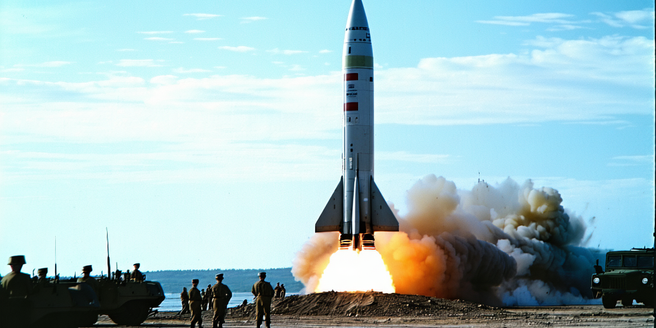Space Exploration Technology

The Evolution of Rocketry and Space Vehicles
Over the years, rocketry and space vehicles have undergone tremendous changes. Initially developed for military uses during World War II, rockets soon became pivotal in scientific exploration. The launch of Sputnik in 1957 marked a new era, placing the first artificial satellite into orbit. Since then, technological advancements have significantly evolved rocketry, allowing for reusable rockets like the SpaceX Falcon 9, cutting costs and facilitating more frequent space travel. Additionally, international collaboration, as exemplified by the International Space Station (ISS), has fueled innovation and exploration. Expansion into deep space missions, and the recent focus on Moon and Mars travel, showcases how rocketry and space vehicles continue to evolve, reshaping humanity’s ambitions in space exploration.
Innovations in Satellite Technology
Satellite technology has revolutionized how we interact with the world, advancing communication, navigation, and earth observation. Early satellites like Sputnik were simple transmitters; however, today’s satellites are sophisticated instruments capable of detailed imaging and data collection. Innovations such as miniaturization have led to the creation of Cubesats, affordable and accessible technology for research and education. The ability to perform repairs and upgrades in orbit is becoming a reality, further boosting satellite longevity and capabilities. Developments in propulsion systems have extended the lifespan and functionality of satellites, enhancing global connectivity via GPS and internet services. As satellite technology progresses, it promises further integration into daily life, including the internet of things (IoT), expanded remote sensing, and even interplanetary communication, underlining its significance in the ever-expanding realms of technology and exploration.
The Role of AI and Robotics in Space Missions
AI and robotics are transforming space missions, enabling tasks that are beyond human capabilities. AI-driven systems can process vast amounts of data from distant celestial bodies, optimizing mission parameters in real-time. For instance, NASA employs AI for rover navigation on Mars, allowing autonomous obstacle avoidance. Consequently, AI’s advancement has become a cornerstone for developing future space mission strategies. In addition, robots equipped with AI assist astronauts on the International Space Station (ISS) by performing routine tasks, which reduces human workload and enhances safety. Future missions to asteroids and distant planets will rely heavily on AI to conduct research and exploration in harsh environments. As AI and robotics technology evolves, we can anticipate even more groundbreaking discoveries and efficiencies in space exploration.
Impact of Space Exploration on Earthly Technologies
Space exploration has significantly influenced technological advancement on Earth. The development of space-bound instruments has led to practical applications like GPS, MRI machines, and weather forecasting systems. These technologies stem from the need for reliable and advanced technology in space missions. The collaborative nature of space projects has also spurred international cooperation and knowledge sharing, resulting in widespread innovations. Solar panels, originally developed to power spacecraft, have become pivotal in sustainable energy efforts on Earth. In addition to these advancements, space exploration has inspired educational programs that aim to cultivate interest in STEM fields among young learners. Moreover, the rigorous testing and quality requirements for space technology have enhanced engineering disciplines, leading to improved products in various industries. Consequently, space exploration continues to drive innovation, contributing to technological progress in various sectors globally.
Future Prospects for Human Settlements in Space
The concept of human settlements in space has long captured humanity’s imagination and is now inching closer to reality. Plans for Moon bases and Mars colonies are currently under development, with space agencies like NASA and private entities like SpaceX spearheading these initiatives. Technological advancements and the successful testing of life support systems in space enhance the feasibility of sustained human presence beyond Earth. Potential settlements offer solutions to overpopulation and resource shortages on Earth. However, significant challenges persist, including radiation exposure, microgravity effects on human health, and sustainable resource management. Overcoming these obstacles requires international collaboration and innovation, which remain critical as we venture towards establishing human life beyond our planetary boundaries.